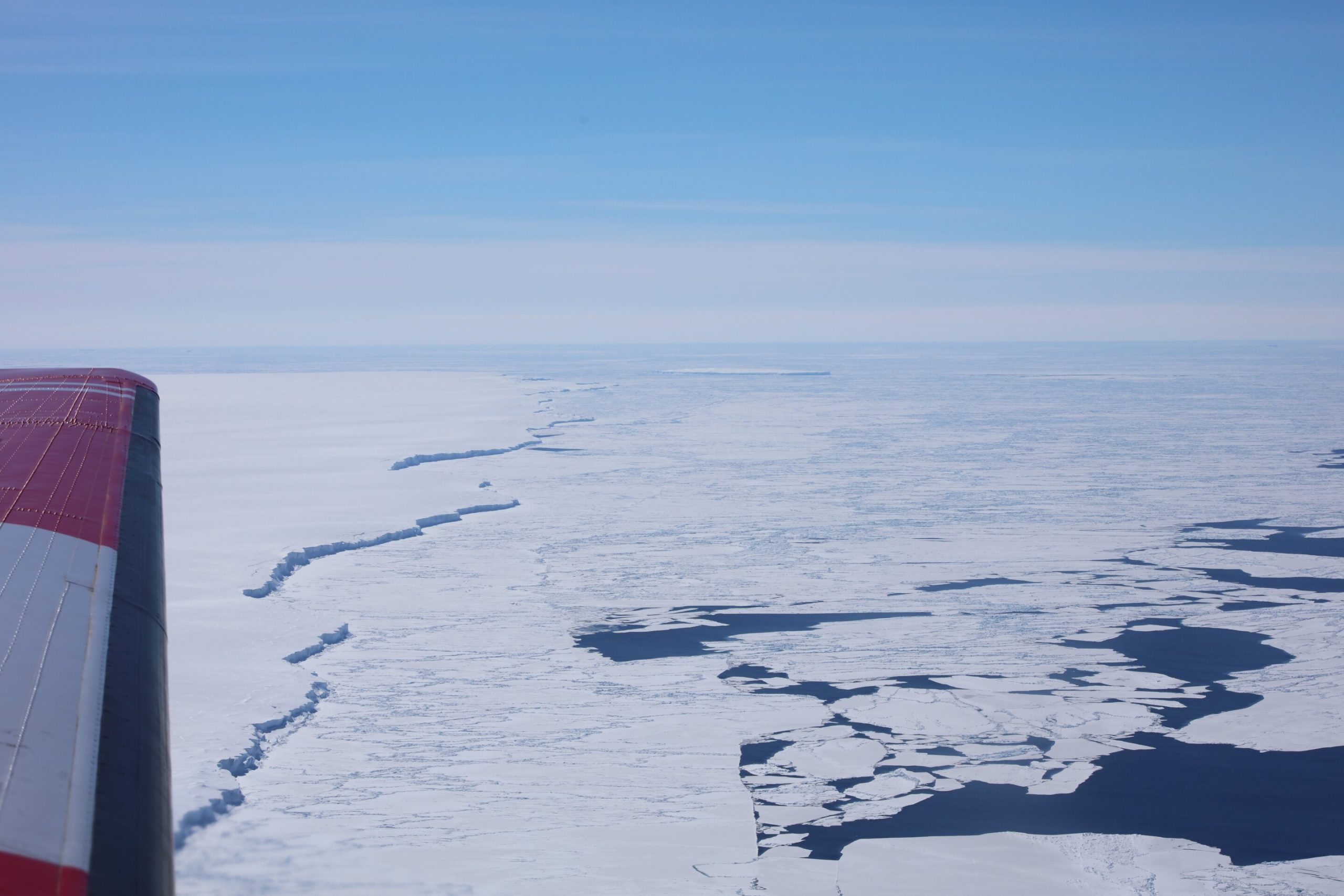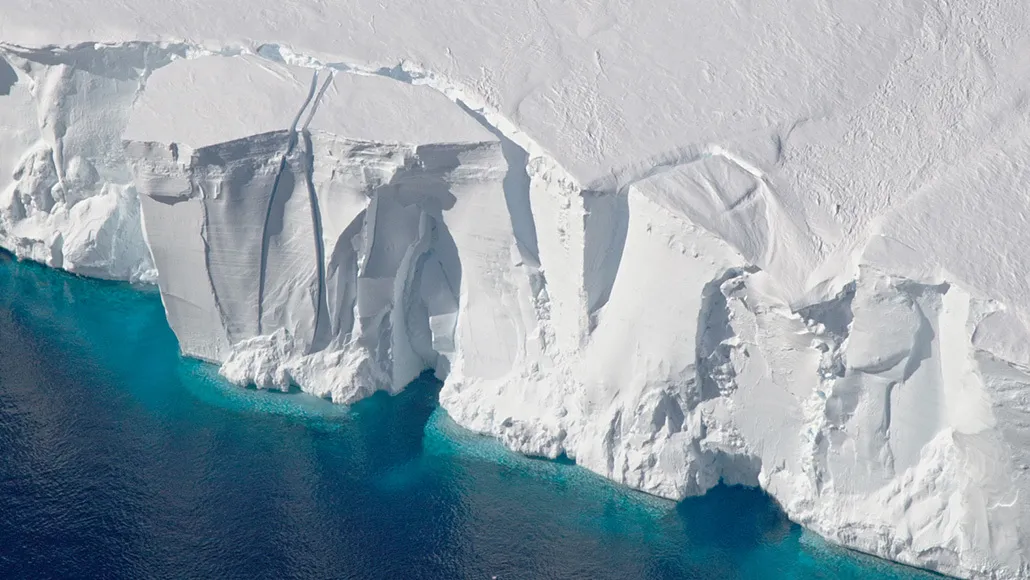The human race’s move out of the Goldilocks Zone, the optimal climate range for human habitation, will result in a significant thermal divide, creating a stark separation between areas with tolerable temperatures and those experiencing extreme heat.
This division will delineate regions that are cool and habitable from those that suffer due to excessive heat, effectively distinguishing between the fortunate and the unfortunate populations. This widening thermal divide highlights the growing impact of climate change on global temperatures and living conditions.
A recent study by Caltech has identified a new meltwater current originating from the Bellingshausen Sea, an underexplored area between the Antarctic Peninsula and South America.
This sea plays a critical role in the melting of the massive ice shelves in West Antarctica, particularly those in the Amundsen Bay Embayment, such as the Thwaites and Pine Island Glaciers. The discovery underscores the interconnectedness of ice shelf melting processes and their broader implications for sea level rise.

The Caltech research reveals that Antarctic ice shelves are melting more rapidly due to climate change, primarily from beneath, as warm water flows underneath them. This meltwater then travels along the Antarctic coast, affecting melt rates at other ice shelves downstream.
Understanding these meltwater pathways is crucial for predicting future melting and the consequent rise in sea levels. The study emphasizes the domino effect where changes in one ice shelf influence others, necessitating a comprehensive understanding of these interactions.
Researchers, including Andy Thompson and senior research scientist Mar Flexas, used advanced methods to study the Antarctic seas, employing underwater autonomous vehicles and seals equipped with sensors.
Their findings highlighted a new current in the Bellingshausen Sea, where warm Atlantic and Pacific waters meet the ice shelves. As this water melts the ice, it cools and freshens, reducing its melting capacity. This new understanding of meltwater pathways challenges the previous notion of isolated ice shelf systems.
The team also discovered two distinct meltwater pathways: one along the coast, trapping warm waters and increasing downstream ice shelf melting, and another returning to the open ocean.
They identified a new seafloor feature, Seal Trough, which influences current flows similarly to how canyons guide rivers on land. Despite these significant findings, media coverage of these critical developments in West Antarctica has been notably lacking, leaving a gap in public awareness about these alarming changes.

